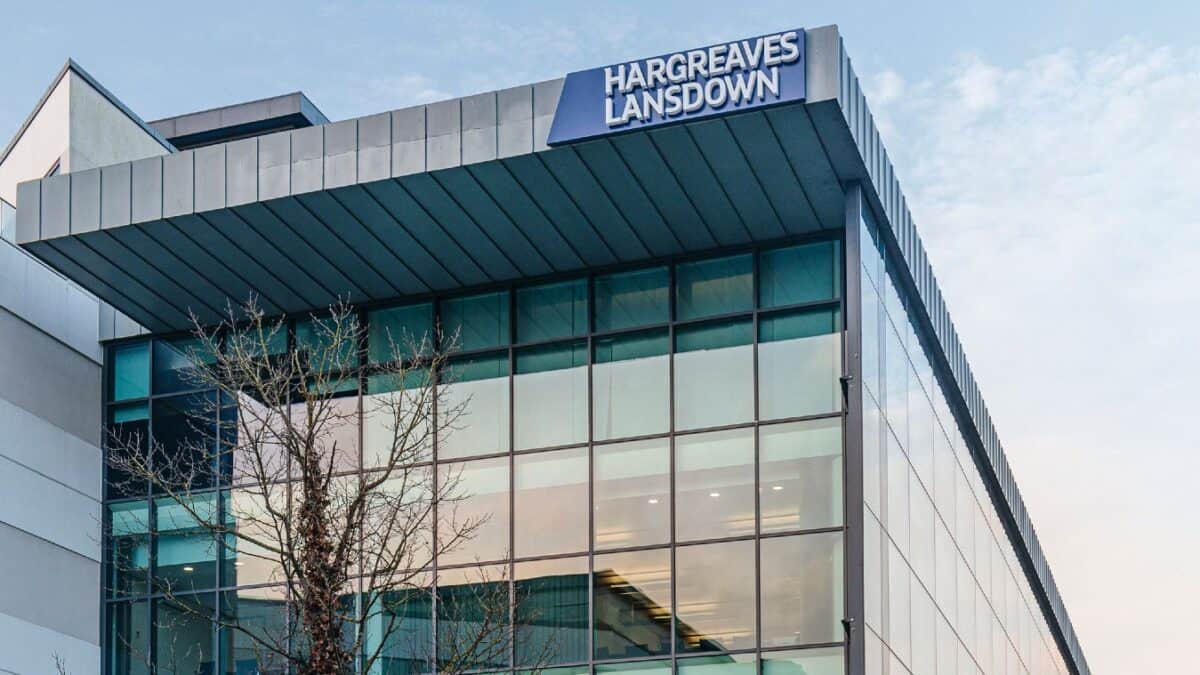Vodafone (LSE:VOD) shares accounted for 1.66% of all shares bought on the Hargreaves Lansdown platform last week (WC 20 November). In second spot was Nvidia (NASDAQ:NVDA) at 1.44%. Let’s take a closer look at why.
Top of the stocks
Every week, Hargreaves Lansdown tells us which stocks investors bought and sold the most of in the prior week. Here’s the data from that week.
| Number of deals – most bought shares | Percentage of total deals placed on platform |
| Vodafone | 1.66% |
| Nvidia | 1.44% |
| Microsoft | 1.41% |
| Rolls-Royce | 1.26% |
| BP | 1.1% |
| Number of deals – most sold shares | Percentage of total deals placed on platform |
| Rolls-Royce | 1.44% |
| Lloyds | 1.12% |
| Scottish Mortgage | 1.11% |
| Tesla | 1.04% |
| IAG | 0.93% |
Why Vodafone?
Vodafone shares actually fell 4% last week, and this appears to have been prompted by a report that the board was looking at the possible sale of its Italian operations to Fastweb.
I can only assume that the falling share price was a result of an institutional investor sell-off. And the reason so many retail investors bought the stock via Hargreaves Lansdown was because they saw a buying opportunity amid the dip.
Vodafone rejected an €11.25bn bid for its Italian unit from an Iliad-backed consortium in 2022. The telecoms giant said the offer wasn’t in shareholders’ best interests. Revisiting a sale may have worried some institutional investors.
Vodafone is an interesting stock pick. It trades at 2 times earnings on an adjusted basis, but that’s warped by two major business unit sales. On a non-adjusted basis, it trades around 7.5 times earnings and 10.7 times on a forward basis.
It also currently offers an 11.1% dividend yield that looks unsustainable given the earnings forecast, which although strong, may fail to cover dividend payments going forward with more business segment sales.
Why Nvidia?
Nvidia’s Q3 results announcement on 22 November was the most highly anticipated moment of earnings season. And it didn’t disappoint.
Nvidia absolutely smashed expectations with adjusted earnings of $4.02 per share, versus consensus $3.37 per share.
The tech giant has seen a 206% increase in revenue over 12 months and its been driven by demand for its GPUs (graphics processing units), which are central to the AI-revolution.
This part of the business alone — it’s data centre unit — delivered $14.51bn in revenue. While the share price was largely unchanged, it clearly attracted the attention of Hargreaves Lansdown investors.
Nvidia is certainly enticing. It’s got momentum and it’s dominating the sector.
However, it trades with a PEG ratio — price/earnings-to-growth — of 1.01. A PEG ratio of one tends to suggest that a stock is trading near fair value, while a ratio below one suggests a company could be undervalued.
The thing is, analysts are changing their forecasts all the time for Nvidia’s earnings. Last week, its PEG ratio was 1.38, suggesting it was overpriced.







